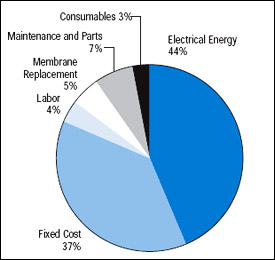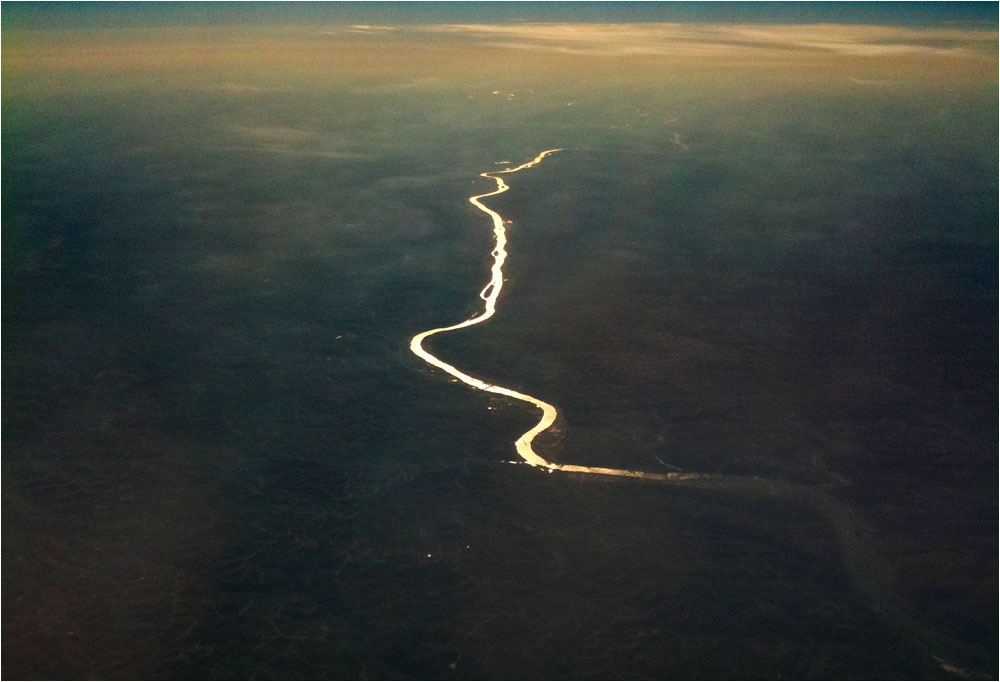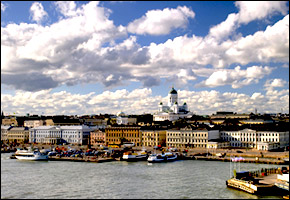Peter Gleick: Salt from Water, Money from Pockets?

There is always a lot of interest in desalination. I hear it when I give public talks on global and local water issues; I see it in some responses to my blog posts that believe desalination should be much more aggressively pursued; and it is evident in the response to a report the Institute prepared on the pros and cons of desalination. This report has been the single most downloaded report we’ve ever produced, downloaded from our website more than 303,000 times since publication in June 2006. Actually 303,448 as of today. That is a stunning expression of interest.
I also love the idea of desalination, for all of the obvious reasons. It turns a vast unusable source of salty water into high-quality fresh water. It is potentially drought-proof because it does not depend on the vagaries of weather and climate. It offers the opportunity to reduce human devastation of natural aquatic ecosystems if we use desalination to reduce our over-allocation and over-use of other freshwater resources.
But I’m not a blind supporter. Desalination is one of many water solutions in a broad portfolio of options, and it must be considered – in an equal manner – with all of the other choices we have. If it passes economic/financial, environmental, social, and political muster – fantastic. But there are many supporters of desalination who see its advantages but somehow fail to recognize or acknowledge its liabilities.
Water Number: $2000 per acre-foot (AF)
This is the latest estimate just released for the cost of water from a massive proposed desalination facility for the Camp Pendleton area in Southern California.
The plant, if built, would be one of the largest desalination facilities in the world. The actual estimate was that the produced water would cost $2000-$2200/AF for a plant that produces 50 million gallons per day (mgd) and $1700/AF for a plant twice as large.
First of all, this price is obscenely high. The current cost for treated water supply in this area is between $600 and $700 an acre-foot. Maybe the plant will actually be cheaper: some plants worldwide have been built for less, though many lower numbers you hear often include hidden subsidies. Don’t quote me the supposed low cost of the Ashkelon or Singapore desalination plants – the published costs do not include all sorts of massive public subsidies those plants received for labor, land, financing, energy, and more. And it is a rare desalination plant that ends up costing less than the initial estimates; most end up costing far more. Even the Camp Pendleton proposal assumes they can buy electricity for 10 cents a kilowatt-hour. I’m already paying nearly 20 cents at home. For a price that low, someone would be subsidizing their energy costs.
Second of all, and most importantly, $2000 per acre-foot can buy a vast quantity of water from other sources, including conservation and efficiency, market transfers from other urban or agricultural users, reclaimed and recycled water, and more. For this price, water agencies could buy nearly every single local water user highly efficient toilets, front-loading washing machines, new efficient dishwashers for restaurants, digital x-ray machines for hospitals, new cooling systems in local industrial plants, and many more water-savings options. They could even finance irrigation efficiency improvements for nearby farmers so that more food can be grown with less water.
Are the advantages of desalination worth this price difference compared to other options? An honest evaluation would look at all choices equally. We haven’t had such an evaluation and water ratepayers as well as taxpayers (who, after all, will end up paying the costs either in their bills or in their taxes) should insist one be done before we even begin to make a decision.
Dr. Gleick’s blog posts are provided in cooperation with the SFGate. Previous posts can be found here.











Leave a Reply
Want to join the discussion?Feel free to contribute!